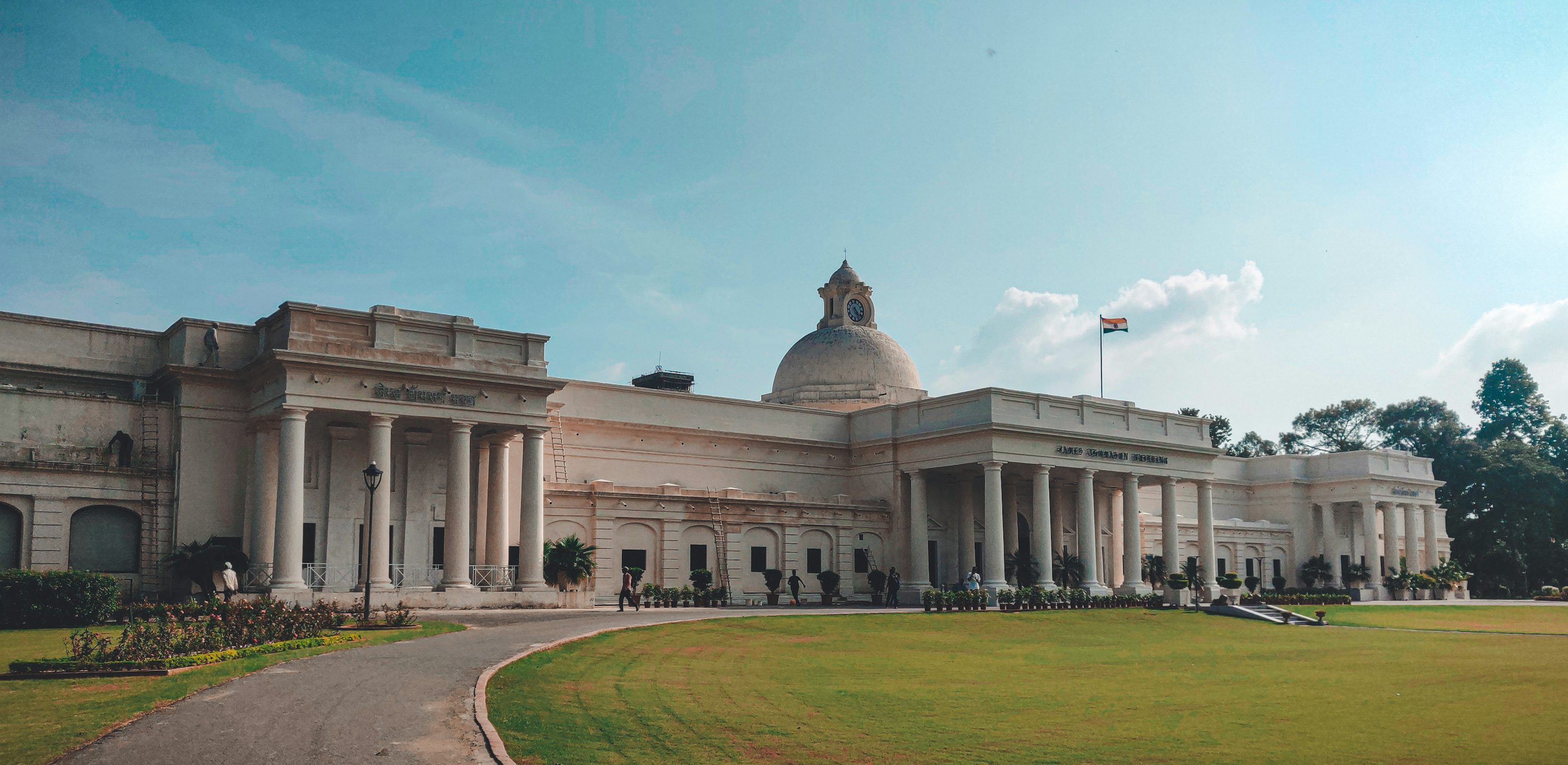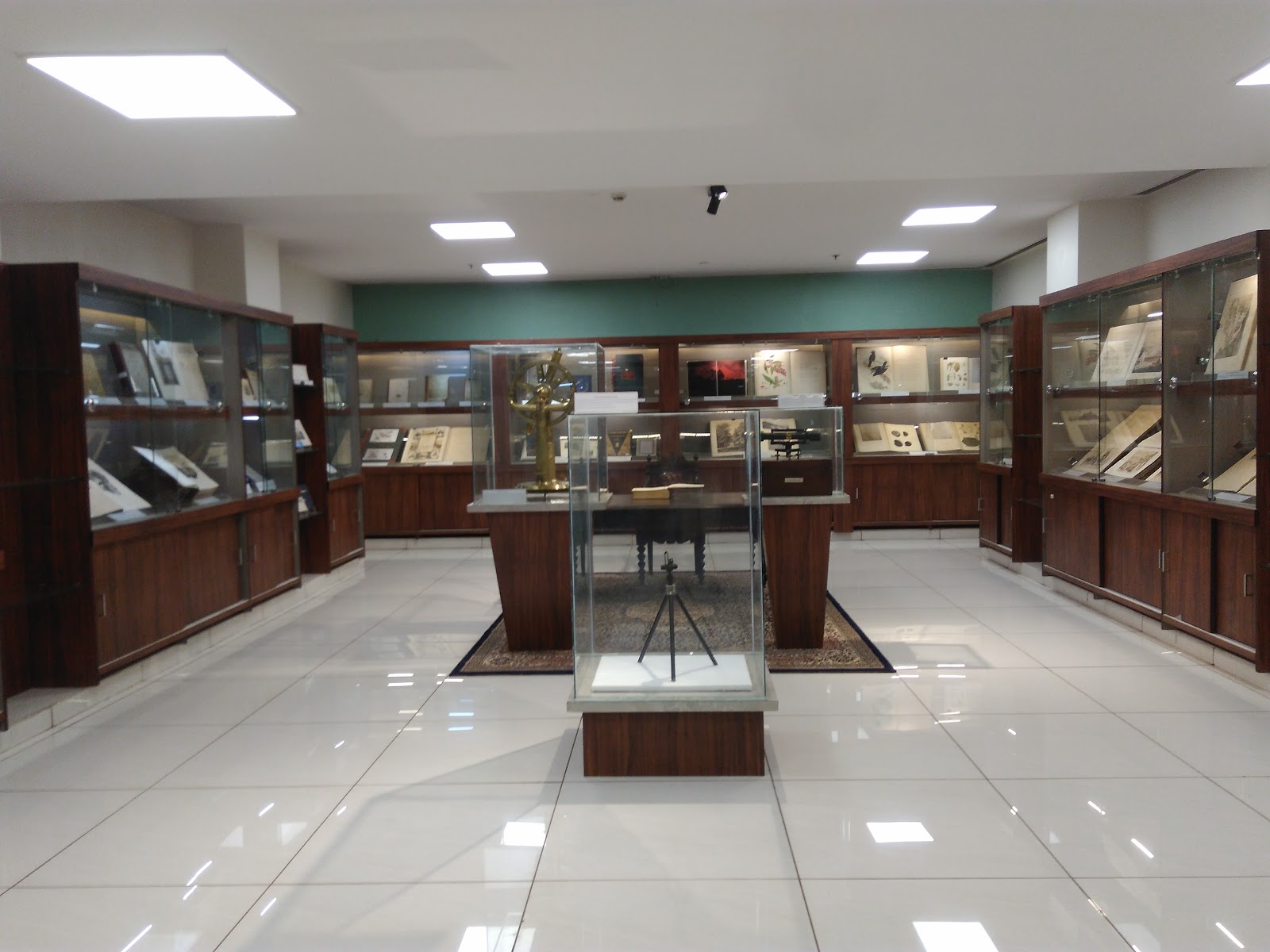

Body of IITR

Ever wondered why something archival is priced so high? Why do people believe that one product has more vintage/artisan aspects than others? There is no specific answer to these questions, but if one were to guess, it would be the aura of authenticity, an essence of the past, that remains attached to those articles forever. Consider the copy of a best selling book, produced by the mechanical drudgery of a machine, in the confines of a dingy factory reeking of sweat, as opposed to the original draft having the author’s signature. There is a significant difference in price because of the essence, the emotional value attached to the original draft. It has a part of the author itself, so to speak. It is a piece of history. Such is the glory of the past.
Recently, an ‘Archives Gallery’ was inaugurated in our campus. This treasure trove is situated right across from where one issues one’s books during the holy days of TBLS, to satiate one’s curiosity for the increasingly more intriguing and engrossing curriculum. Here one can find the original books relating to architecture - written during the construction of the Ganga canal - as well as one of the only few remaining copies of William Shakespeare’s original works. If any of these items are sitting in your attic, that’s your ticket to becoming a millionaire.
The story of this gallery dates back many decades, when the erstwhile librarians found some rare documents in the (possibly) mahogany, dust laden, shelves of our current and our old library. Yes, there were two library buildings, but that’s a story for another time. They found some really old documents, which they believed were important enough to be kept aside for posterity.
In 2018, our director Professor AK Chaturvedi was extremely thrilled when the librarians showed him these hidden, seemingly plain, and decayed pieces of paper. It was then decided that there was a need to preserve these documents, these texts that held in their musty ink the mellifluous sound of a time now long gone. A committee was created that consisted of our librarian Dr. C. Jayakumar, deputy librarian Dr. Sanjeev K Sunny, and Prof DC Srivastava (who has also spearheaded the construction of the museum in the earth science department.)
The pages within these documents were old and fragile and what remained of the book’s original stitching was barely holding them together; they needed proper preservation. A list of the books to be preserved was made by the team and under the guidance of The National Archives of India, the Archives team hired the services of the Indian National Trust for Art and Cultural Heritage (INTACH),Lucknow for preservation. With funding from the institute, project IITR Archives began manifesting the drive to showcase these gems. To begin with, twenty two books were sent to INTACH Conservation Institute, Lucknow for conservation, to create the best possible practical procedures for their future handling and display. It does seem to be an exciting year as MGCL reimagines itself with a cherished gallery designed by Prof. Chani and Prof. Ram Sateesh.
Here we list out a few articles that we found to be immensely fascinating, housed in the glass shelves of the gallery.
Literary materials include William Shakespeare’s comedies, histories, and tragedies (1623), whose inviting ethos at times feels more biblical than museological. Of the 750 first folios printed only 233 exist today. A copy of the book was sold for $5153000 US dollars in London. Radiocarbon dating implies that trees used for making the papers of the book kept in the gallery are 394-807 years old.
Another prized possession of the gallery is “The Constitution of India” (1949) by Dr. B R Ambedkar. It is one of the 16 copies published then (since the copy is of 1956, it’s the original one without any amendments). One can’t help but notice the signatures of the 250 members of the constituent assembly and images of washed-up photo books, serving as a metaphor for multiple, diverse and nuanced narratives of statehood.
In the middle of the gallery is the majestic table and chair used by Pandit Jawaharlal Nehru during the first convocation of the University of Roorkee, held on the 25th of November, 1949.
Emily Eden, Portraits of the Princes & People of India, 1844- This is a short biography of Emily Eden. It is a touring collection of memories of Oudh and the hill regions, in an extensive collection of letters and sketches. It contains a collection of hand-colored lithographic works of the famous Sikh rulers of Punjab, with portraits of Ranjit Singh, Maharaja Sher Singh, and Hira Singh.
The Monuments of Nineveh (1849)- an exceptionally rare book is splayed open on display, always attracting a healthy audience. Only 37 US libraries are known to own a copy, one of which is known to have retailed for 16,000 US dollars.
Pristinely displayed in vitrines is a telescopic compass with a tripod stand, manufactured by Lawrence and Mayo, London, in the 19th century. The compass contains a transparent compass card with a reverse-printed scale on the face, coated with luminous paint for use in the dark. Its back is attached to the case and a hole is made through the rim for noting the readings.
Though the origin of the books can’t be traced back definitively, a lot of these books must have been included when the collection of Addiscombe College, London was merged with ours.
The books currently in the institute’s possession will be digitized, barring the ones we don’t own a copyright over. This initiative will help share these documents with the world.
In addition to the 22 books sent earlier, ten more had been sent to INTACH, Lucknow for preservation. The books in the library are under scrutiny to identify the books which need to be preserved. In fact, there are thousands of documents that are yet to be properly checked, and their current status is to be determined. A few of the books and documents preserved till now belonged to the 17th century; next, the works of the 18th century shall be analyzed for the need for preservation. We urge our readers to try to be more cognizant of the life’s work of an 18th century artist - who lives on now only in the ink engrained in fragile pieces of paper - before eventually traipsing to the cozy corners of the library with their “friend”.
A few documents worth displaying, which will definitely be preserved soon, include all the available copies of the Thomason College Calendars (the four oldest have already been preserved) and the convocation addresses including that of Dr. Rajendra Prasad, Pt. Jawaharlal Nehru and Smti. Indira Gandhi.
The archiving of these documents not only increases their lifetime, but also ensures better management of them. Another initiative is to manage the overall intellectual output of our institution. This will be achieved through the creation of an institutional repository, which is a digital archive for collecting, preserving and disseminating the research work produced by the brilliant minds who are currently studying or once studied in our college. This will lead to permanent preservation, more effective cataloging, as well as easier access to the research work for members of the academic community.
To reanimate the past century in a way that is relevant to the current one, and a need to perpetuate history - these can be said to be the main motives behind the opening of this Archives Gallery. We highly recommend you to visit this gallery and witness it’s grandeur firsthand.